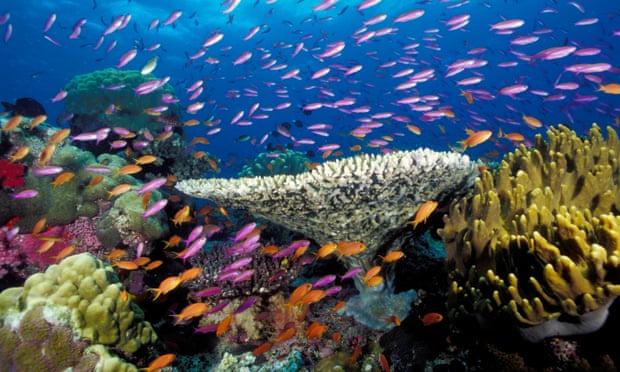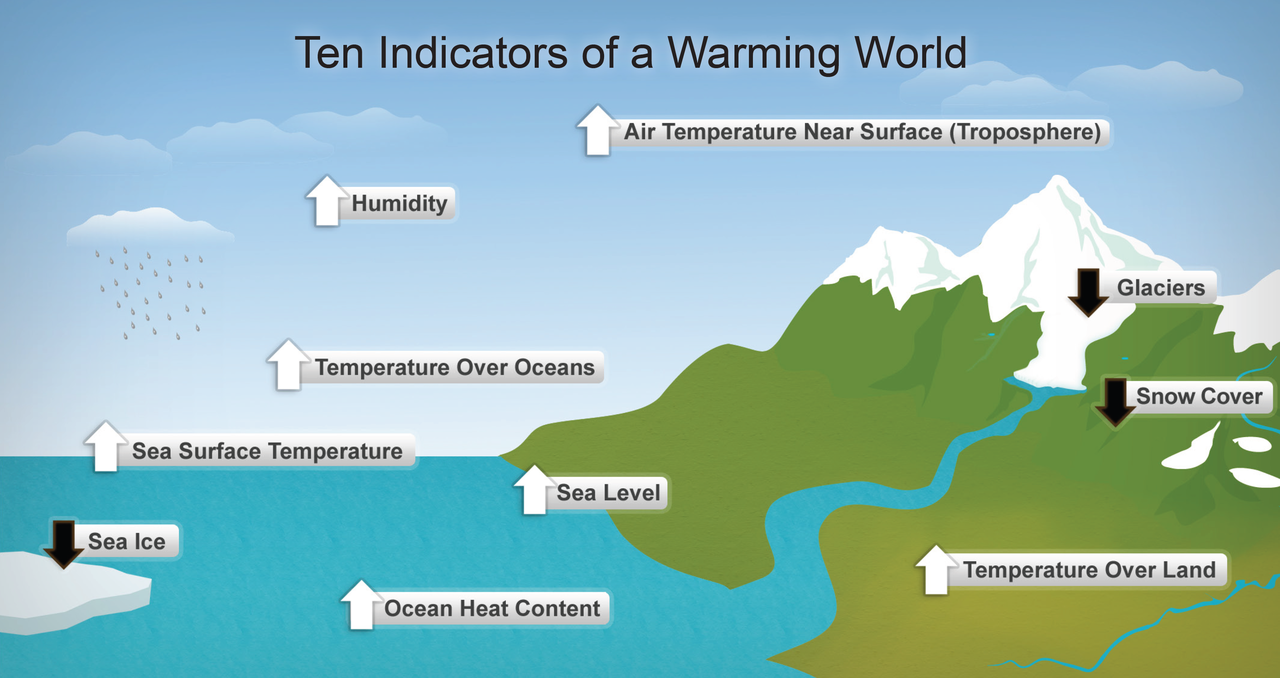Sunday 7th August 2016
Irish domestic growth up about 6% on last year, says NTMA
GDP figure of 26% severely overstated growth, says National Treasury Management Agency



Conor O’Kelly, chief executive of NTMA: its presentation is the first by an official agency to try and capture a more realistic measure of the economic growth rate.
The underlying growth in Ireland’s domestic economy last year was around 6 per cent, according to estimates by the National Treasury Management Agency, in its latest presentation to investors. The NTMA document says that the GDP growth rate of over 26% in the latest GDP figures severely overstates the growth in economic activity here.
The NTMA’s work is the first calculation by an official agency which tries to capture a more realistic measure of the rate of economic growth. It says that on its calculations the underlying growth in domestic demand in the economy was running around 6.8% at the end of 2015. This measurement is in nominal terms – not taking into account price changes, although as inflation was low the difference for the domestic economy would not be very large.
The NTMA presentation also tries to adjust for the main factors which distorted growth via the multinational and business sectors. It says this would reduce the nominal rate of overall GDP growth to 11% last year. The recent CSO figures showed nominal growth of over 32% in GDP last year, with real growth and adjusted for inflation – of over 26%.
The NTMA warns that the CSO figures will complicate the EU Commission’s judgement about Ireland’s compliance with the rules under the stability and growth pact. These rules state that the deficit must be reduced at a specified rate each year as a percentage of GDP. A committee chaired by Central Bank governor Philip Lane is to look at whether separate more realistic figures can be produced, but the CSO will also have to continue to publish figures using international guidelines.
In a separate paper looking at corporation tax, NTMA economist David Purdue says that 10 companies accounted for more than 40% of corporation tax revenues last year , up from the average of 23.8% which the top 10 accounted for between 2008 and 2012. This could create a vulnerability if the companies relocate, or if there are once-off transactions which hit Irish revenues. However, Mr Purdue says that the market generally believes that the Government has taken a conservative view of likely corporation tax revenues for 2016 and it will probably continue to do so.
A record 530,000 on Ireland’s public hospital waiting lists
Number waiting long periods continues to soar despite all the Government promises
The hospital with the longest waiting list was University Hospital Galway, at 32,000.
A record 530,000 people are on a public hospital waiting list for inpatient, outpatient or day care, new figures show.
The number of patients on waiting lists, and the numbers waiting long periods for an appointment, continue to soar, despite the Government’s promise to spend €50 million a year tackling overcrowding.
A record 430,000 patients were waiting for an outpatient appointment at the end of last month, according to the latest monthly data from the National Treatment Purchase Fund (NTPF).
This is 10,000 up on the previous month. Trends also indicate the rate of increase is accelerating. More than 70,000 of these outpatients have been waiting for an appointment for over a year, while 39,000 have been waiting longer than the 15-month supposed “maximum” waiting time set by the Government.
“These figures are a huge indictment of the performance of the Government, the Department of Health and the HSE in tackling long waiting lists,” commented Fianna Fáil’s health spokesman Billy Kelleher.
Cost lives?
Delays in seeing patients could result in delays in diagnosing serious conditions in patients, and could ultimately cost lives, he warned.
The hospitals with the longest waiting lists include University Hospital Galway, at 32,000, Cork University Hospital, where 25,000 patients are on the list, and Beaumont Hospital in Dublin, at 27,000. Meanwhile, almost 78,000 people are waiting for inpatient or day case procedures, a slight increase on the previous month. Almost 14,000 of these have been waiting for longer than a year, and 7,000 are on the list for more than the target maximum of 15 months.
Another 20,000 patients are waiting for gastrointestinal procedures, for which a separate list exists. The reasons for the inexorable rise in waiting lists are disputed. The Government blames rising demand, with an additional 20,000 procedures carried out this year.
Overcrowding
Earlier in the year, overcrowding in emergency department forced the cancellation of non-urgent appointments elsewhere in the health system and contributed to a rise in waiting lists, but this effect should have diminished since the end of the winter.
Mr Kelleher said it was clear the health system was not employing sufficient numbers of doctors and nurses to meet demand.
Minister for Health Simon Harris has told the HSE to prepare an action plan setting out specific measures to deal with waiting lists to the end of this year. The plan will focus on the longest waiters first, as well as on measures to “validate” lists.
The programme for government provides €15 million to the NTPF to address waiting lists in 2017, on top of the €50 million the Government says it is devoting to the issue. Last month, the fund was given €1 million to fast-track treatment for 3,000 endoscopy patients waiting more than 12 months.
Fianna Fáil has called for the NTPF to be given the role once again of outsourcing operations to the private sector. Mr Kelleher said it was disappointing this would not happen until next year.
Meanwhile, there were 267 patients on trolleys in emergency departments yesterday, at what should be one of the quietest times of the year.
Beaumont and the Mater hospital had the highest number of patients awaiting admission, at 31 apiece.
The proud moment Paddy Barnes led out our Olympic heroes in Rio



Ireland Flag Bearer Paddy Barnes proudly leads out the Ireland 77 strong team during the Rio Olympic Games 2016 Opening Ceremony.
Paddy Barnes has fulfilled his dream as the Belfast man proudly led the Irish Olympic team out at the Maracana in Rio.
Barnes led the 77 Irish athletes, who will compete across 14 sports, out in a glitzy Opening Ceremony in the famous Rio stadium.
Fireworks explode while dancers perform during the Opening Ceremony of the Rio 2016 Olympic Games at Maracana Stadium on August 5, 2016 in Rio de Janeiro, Brazil. (Photo by Christian Petersen/Getty Images)
Proud Irishman Barnes revealed his joy when he was chosen as the Irish flag bearer in April this year.
“I’m delighted to have been asked to carry the Irish flag into the Olympic Stadium at the Opening Ceremony,” said Barnes at the time.
“It’s an amazing feeling to represent Ireland at an Olympic Games and I’ve been lucky enough to experience it twice before already.
“Going to my third Olympic Games as the flag bearer for Team Ireland now is just an incredible honour.
“I will be going for gold in Rio in the ring but I will also have the responsibility of helping to build a really positive environment for all Irish athletes. I could not be more excited about the next 100 days.”
Mental health task-force will seek to help young people
Ombudsman for Children Niall Muldoon hopes initiative will make a ‘real difference’



Dr Niall Muldoon, Ombudsman for Children: he said the new National Taskforce on Youth Mental Health “has the potential to drive real change in an area where it is very much needed”.
The Ombudsman for Children has said the new National Task-force on Youth Mental Health will need to ensure it delivers specific actions that will “make a real difference in the lives of young people”.
Dr Niall Muldoon was commenting on the initiative to bring together people appropriately placed to examine issues faced by children and young people.
“The establishment of a [taskforce] is a very positive development and one that has the potential to drive real change in an area where it is very much needed,” he said. However, it must identify “clear actions” which would be “supported with the necessary resources”.
The body was announced by Minister of State for Mental Health and Older People Helen McEntee who will chair. It will meet in September.
Among the group will be a representative from Facebook; Mayo footballerRob Hennelly who has spoken about mental health; and Dr Tony Bates, chief executive of Jigsaw.
Other members include Mary Cunningham of the National Youth Council of Ireland; Grainia Long of the Irish Society for the Prevention of Cruelty to Children; Cian Power from the Union of Students of Ireland; Prof Mary Cannon of the Royal College of Surgeons; Dr Shari McDaid of Mental Health Reform; Moninne Griffith of BeLonG To; Ian Power of SpunOut.ie; and Jim Breen of Cycle Against Suicide. A related group to assist the taskforce will be co-chaired by Niall Breslin, and Emma Farrell.
A new study identifies short list of 20 planets with Earth like properties
And the potential to harbour life as we know it?



Finding life beyond Earth means combing through an incredibly vast array of potential planetary candidates, but one new study from a team of researchers led by San Francisco State University astronomer Dr. Stephen R. Kane hopes to add some additional specificity to the search.
The international group of scientists behind the study examined over 4,000 planets outside of our solar system (exoplanets for those In the know) to identify the ones most likely to harbour life based on the model of the only life-bearing planet we know of: Earth.
The result of the research is a long list of 216 planets from the Kepler list, a catalogue of space-based spheres gathered by the Kepler space observatory launched by NASA in 2009 to identify and observe Earth-sized exoplanets. From that list, which includes all planets found to be within the so-called “habitable zone” surrounding a star in which water could remain liquid on the surface of the celestial body.
As we know from the makeup of our own solar system, occupying that solar sweet spot is crucial for supporting life. Any further away, and water freezes – closer in, and it evaporates. Based again on the only example we currently have (Earth), life generally requires liquid water for sustenance.
From that group of 216 — which fit the broad definition of occupying the habitable zone around their particular star, which meant looking at other factors including size and composition of planets — came a short list of 20 candidates which are located in a more “conservatively” defined habitable zone, and that are small and rocky.
Coming up with a short list of Earth-like planets has very real value to the continued project of searching for signs of extraterrestrial life. Simply investigating every exoplanet identified by Kepler just isn’t feasible in terms of available resources, but a core group of 20 with characteristics that greatly increase the likelihood of finding Earth-like life is manageable.
“There are very limited resources available for studying the atmospheres of terrestrial planets and so the Habitable Zone is used to select those planets most likely to have liquid water on the surface,” Kane explained in an interview. “This will become increasingly important once new facilities, such as the James Webb Space Telescope, are deployed.”
So exactly how likely is it that these new 20 Earth-2’s are home to alien life? That’s not for this study to say.
“Unfortunately we cannot give probabilities that a planet has life at this point since we still only have one data point – the Earth – for which we know life exists,” Kane cautioned. “What we can do is focus our efforts on the planets most likely to yield evidence of extraterrestrial life and that is what we hope our work will provide.”
Global warming limit will miss key climate target



Paris climate summit agreed in 2015 to limit global warming to below 1.5C.
The Paris climate summit in December last year had made a decision to limit global warming to 1.5C, measured in relation to pre-industrial temperatures.
The earth is dangerously close to breaking through a 1.5C upper limit for global warming, climate scientists have warned.
The Paris climate summit in December last year had made a decision to limit global warming to 1.5C, measured in relation to pre-industrial temperatures. Scientists and campaigners had hailed the move as a landmark decision and a major success. By setting the target, they said, desertification, heatwaves, widespread flooding and other global warming impacts could be avoided.
But just eight months after the Paris summit Met Office data prepared by meteorologist Ed Hawkins of Reading University shows that average global temperatures were already more than 1C above pre-industrial levels for every month except one over the past year and it peaked at +1.38C in February and March, the Guardian has reported. Keeping within the 1.5C limit will be extremely difficult, say scientists, given these rises.
The Intergovernmental Panel on Climate Change talks in Geneva this month will likely discuss this alarming rise and scientists will start to outline ways to implement the goals that were set in Paris, the Guardian said. Dates for abandoning all coal-burning power stations and halting the use of combustion engines across the globe — possibly within 15 years — are likely to be set.



